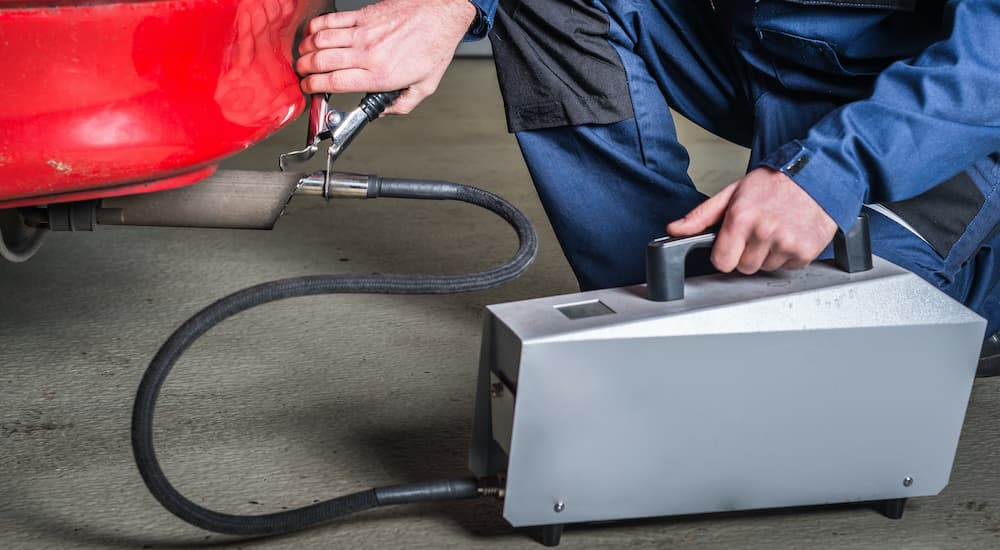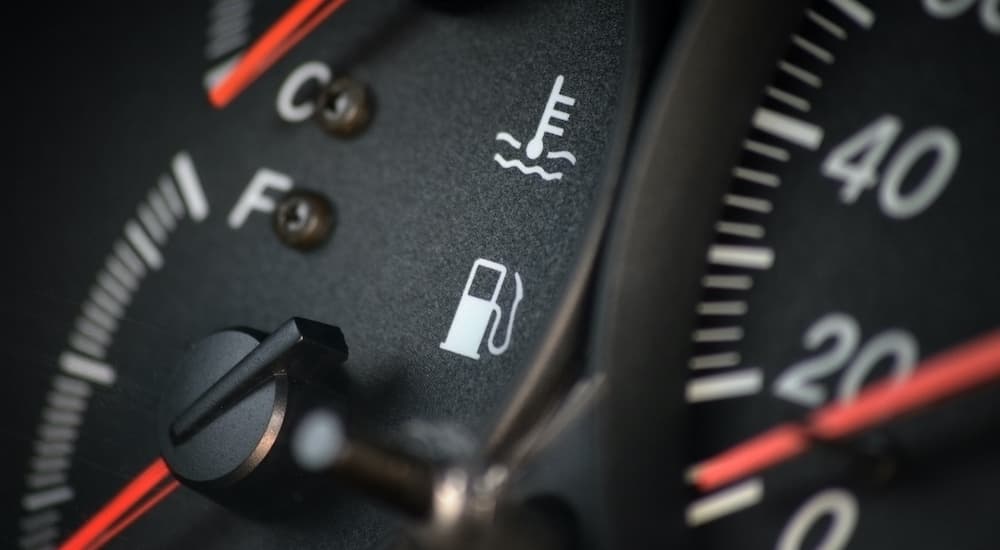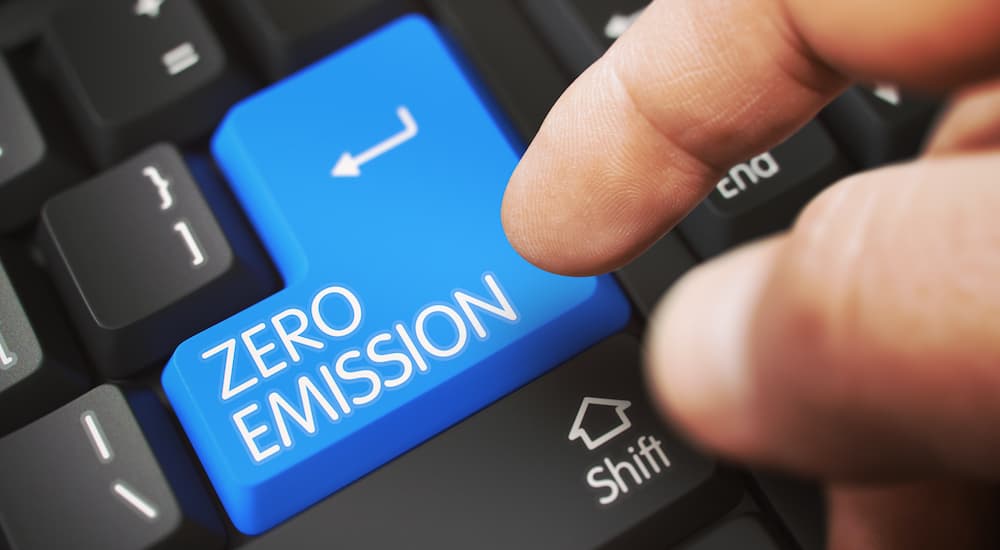Fuel economy and standards for emissions have become political subjects, just like many other commercial and scientific considerations. That means that in recent years, there has been a great deal of push and pull over what federal regulations and guidelines should be for the auto industry. In particular, the debate and standards have involved the kind of fuel efficiency that vehicles being manufactured to be sold as new need to have as a minimum, with different administrations setting different goals for the auto industry.
Recently, however, there has been a renewed call by members of Congress for the current Biden administration to really crack down on emissions standards for the auto industry. Part of this call has been for President Biden to set fuel efficiency standards back to the goals and guidelines set by the Obama administration, which were altered by the Trump administration. A number of people in Congress are not content with this, however, particularly the senators from California. They have called for Biden to lead the nation in following California’s example and setting a hard deadline for a ban on the sale of new vehicles that aren’t zero-emission.
Obama Administration Standards
Before I get into the most recent headlines and what Congress is asking of the current Biden administration, let’s jump back to 2011 for some perspective on how we got here. A decade ago, the Obama administration set goals for fuel efficiency that the auto industry would need to meet for new vehicles being made. This was called the Corporate Average Fuel Economy (CAFE) Standard, and it was built onto a previously set CAFE Standard, from 2009, of 35.5 MPG that would need to be hit by 2016.
The CAFE Standard set in 2011 required that all new vehicles being made by 2025 would need to meet a fleet-wide standard for each manufacturer of 54.5 MPG that goal, but others would be even more efficient, and it would even out across the lineup of each manufacturer. But it set a clear goal for aggressive reductions in fossil-fuel emissions, a goal, I should add, that the major US auto manufacturers all agreed to as they were present when President Obama officially announced the updated CAFE Standard in 2011.
Trump Administration Changes
Now let’s jump ahead to 2020: after years of trying to undo or minimize the standards set by the Obama administration, the Trump administration managed to do so near the end of its tenure. In March of 2020, the goal was lowered from the previously mentioned 54.5 MPG by 2025 to just 40 MPG. This change was a bit odd for two reasons: first, the auto industry didn’t seem to actually want it, and several companies made efforts to avoid being involved with it at all. It was also immediately challenged with a lawsuit from a number of US states and cities. So it was a change that no one seemed to really ask for, which was contentious, to say the least.
The Call to Return to Obama Standards
Now, one year later, we have the Biden administration in a position to once again change this mandate, and that’s exactly what a number of lawmakers are asking for. Last month, more than 80 members of Congress sent letters to President Biden to urge him to undo the changes made by the Trump administration and return the goal to what was set in 2011. This would mean that the auto industry would once again need to have a fleet average of 54.5 MPG by the time 2025 rolls around, which is a lot sooner than when the standards were set a decade ago.
Which brings up an interesting question: is that goal still realistic? In 2011, the auto industry had nearly 15 years to figure things out and get their fleet to that point. But they were offered a breather, so to speak, just last year that would give them a lot more wiggle room with five years to go. If this is now changed, again, to that previous goal, does it actually give car manufacturers enough time to respond? I suppose that if they were on track to hit that first goal already, then the change last year shouldn’t make much of a difference.
Politics and the Auto Industry
However, it also brings up a larger issue: is this kind of flip-flopping fair for businesses and/or actually good for this country? If we’re going to have these kinds of major standards and expect a massive industry to meet them, shouldn’t they be more set in stone and not so easily changed? This is where we run into problems with these kinds of things being handled by a particular administration, rather than as a larger policy set by Congress and put into law, which is much more difficult to change.
No matter how you feel about these particular standards, it seems clear that such goals need to be established in a way that maintains consistency. The auto industry, and its customers like you and me, need to be able to count on things like fuel efficiency goals to be achievable. And that requires having a goal that won’t change every four years but will remain intact so that businesses can actually hit it.
The Call for a Zero-Emission Deadline
Returning to the standards set a decade ago is one thing, but some members of Congress see that as not being enough of a drive toward lowering emissions. Last year, California’s governor signed an executive order that set a number of goals for that state: specifically, that by 2035 all passenger vehicles being sold as new would have to be zero-emission models. In other words, anything with an internal combustion engine can’t be sold as a new vehicle once New Year’s Day rolls around for 2035.
Now, California’s senators are hoping to see the Biden administration commit to a similar goal for the entire country. Alongside the recent calls to have the CAFE Standards from the Obama presidency reinstated, a letter sent from Senators Feinstein and Padilla of California urged Present Biden to “follow California’s lead” and establish a clear federal deadline for when it would no longer be legal for new gas-powered vehicles to be sold in the country. Just like with California’s executive order, this would apply to passenger vehicles, with more time for all commercial vehicles to become zero-emission models.
Although California has set 2035 as its goal for this deadline, the letter from the two senators simply urged for a similar deadline to be set, but not necessarily the same one. I imagine they know that implementing something like this on a nationwide level would be more challenging than only in California for a number of reasons. It’s worth noting, however, that numerous auto manufacturers have set similar deadlines for themselves––though there’s really nothing in place to hold them to it. GM wants to only sell zero-emission passenger vehicles by 2040, with Ford looking to offer only electric passenger cars in Europe by 2030, with trucks and vans to follow.
So whether President Biden sets such a deadline or not, it seems clear that it’s coming, one way or the other.
What This Means for You
For now, not a lot; these changes aren’t going to hit right away. In theory, the improvements to fuel efficiency should save you money at the gas pump, though the price of a new car also seems to be going up, so that might not be as substantial as we’d all like. The 2035 goal might seem a long way off, but there are a lot of things for the industry to figure out in that time to make it realistic. Whether they’ll succeed, however, remains to be seen.






